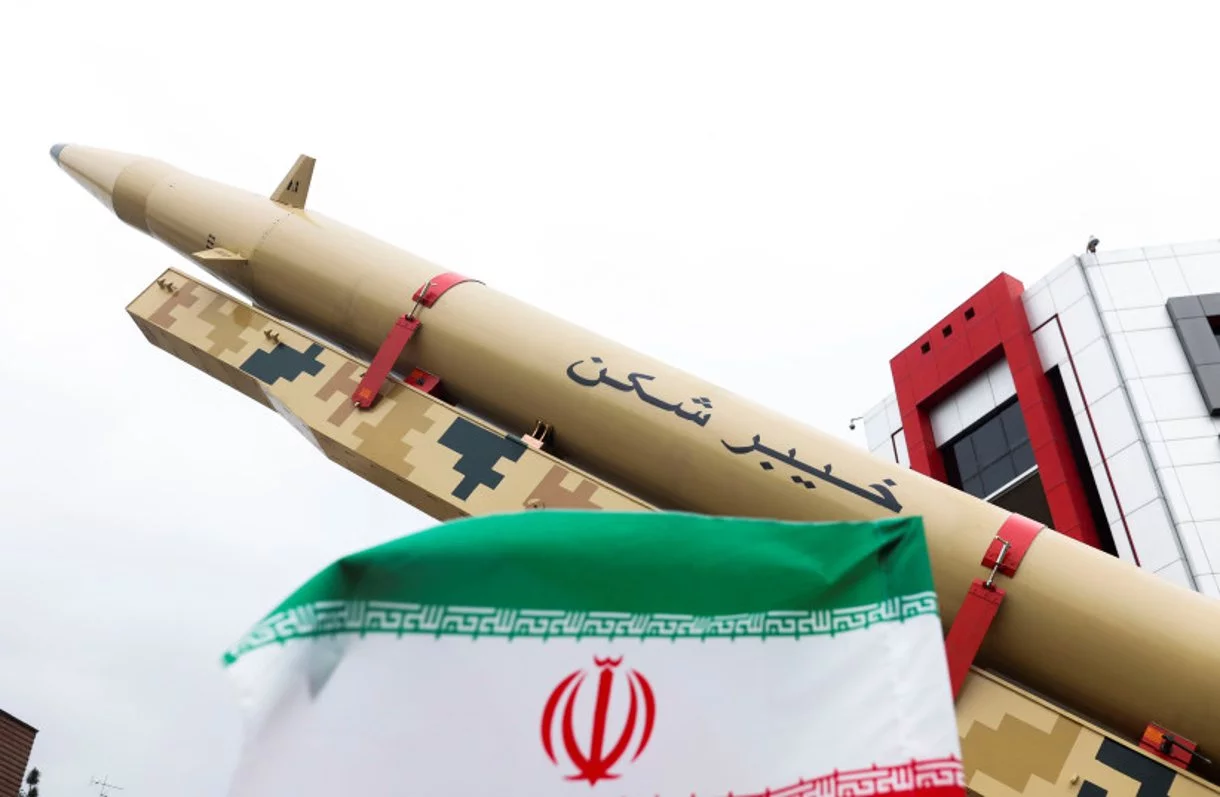
Let’s get real: if you’ve been keeping up with current events, you know the Middle East was just shaken in a big way. The U.S. and Israel didn’t just poke the bear; they rained down the biggest bombs in decades on Iran’s nuclear facilities, and now everybody from Tehran to Washington is racing to figure out what comes next. What transpired, and why does it feel like the rules of the region got rewritten?

First, the basics. On June 21, the U.S. military, in an operation that had been talked about for years and never actually attempted, launched a huge, coordinated assault on three of Iran’s most significant nuclear sites: Fordo, Natanz, and Isfahan. According to the International Atomic Energy Agency, all three were hit, with Isfahan suffering “extensive additional damage.”. The Pentagon called it Operation Midnight Hammer, and it was the largest B-2 bomber attack in U.S. history. The mission? To destroy Iran’s nuclear program and send a message that the U.S. and Israel are tired of playing defense.

But here’s what actually happened next: Iran’s response was, uh, complicated. If you thought Tehran would go totally scorched earth, you’d be wrong. Iran took decades to learn how to excel at what diplomats call “gray zone” warfare—a mix of measured force, proxy attacks, and just enough ambiguity to keep adversaries off balance. As the Washington Institute commentators point out, Iran’s primary objective is to avoid a decisive war that it knows it will lose. It prefers retaliatory attacks, tactical flexibility, and willingness to withdraw when the situation is against it.

So what did Iran do? In 48 hours, Tehran attacked Al Udeid Air Base in Qatar, the largest US military base in the Middle East. The symbolism was clear: Iran will strike back, but it is not attempting to initiate a regional Armageddon. Iranian retaliatory attacks were at once a signal and a calculus, Foreign Affairs says. They bombed a fortified military base, gave a warning to cut losses, and replicated the size of the American assault without falling prey to wholesale massacre. It’s classic Iranian theatrics—enough to save face, but not enough to start World War III.

Israel, in the meantime, is not resting. After years of precision strikes against Iran’s proxies—i.e., Hamas, Hezbollah, and the Houthis—Israel finally brought the fight eyeball-to-eyeball to Iran. The bombings weren’t all about nukes; Iran’s military upper echelon, drone and missile depots, and air defenses were targeted too. As the Council on Foreign Relations’ analysts note, this was the most debilitating hit to the legitimacy of the Iranian regime in decades. Israel’s message: we can strike you, and we won’t think twice.

But here’s the thing—the U.S. and Israel are high-fiving (at least outwardly), but the rest of the planet is a mixed bag. Russia and China condemned the strikes, but their support for Iran is more hot air than action. According to Brookings experts, the so-called anti-Western axis is pretty thin on the ground these days. Russia’s reputation in the region is tarnished following the collapse of its Syrian ally, and China is more interested in the cost of oil than in saving Tehran. Even Iran’s historic web of surrogates is looking shaky—Hezbollah, the Houthis, and Iraqi militias have all bluffed, but none have yet delivered.

Finally, let’s talk nukes. Did the raids really lag behind Iran’s program? The jury remains out. The Pentagon announces the damage is “extremely severe,” but Iranian officials maintain that the most sensitive equipment was pre-evacuated. Damage does appear from satellite imagery, though not to the point of destruction. As Brookings’ Robert Einhorn adds, the true peril is that Iran will now sprint to a bomb, thinking only nuclear weapons will guarantee its existence. The bombings may have potentially bought time, but they may have also killed the chance of a new nuclear deal.

And the ripple effects? They’re all over the place. Oil prices soared, then cratered as it became clear that Iran wasn’t going to shut the Strait of Hormuz—at least, not yet. The world’s most important shipping lanes are at stake, and everybody from Saudi Arabia to the UAE is nervously poised on the fence. The U.S. has deployed extra air defenses, but every base, embassy, and merchant vessel is a sitting target if things go wrong.

And don’t even begin on the wild cards. Iran’s cyber attacks are no joke—ask anyone who’s tried to keep a water plant or crypto exchange up in recent times. The Department of Homeland Security has already warned that Iranian hackers can target U.S. infrastructure. And then there’s the possibility of sleeper cells or lone-wolf attacks, both here and perhaps on our own soil. Local authorities are on high alert, and no one’s leaving things to chance.

Back in the US, the politics are as unsightly as ever. Americans are split down the middle on whether the bombings were a good thing or a bad thing. Half of America is with the bombings, half is not, and nearly three-quarters fear Iranian retaliation, a new PBS NewsHour poll reveals. Republicans are mostly supportive, Democrats are mostly opposed, and independents are, well, independent. Trump’s approval rating is unaffected, and Congress is whining about being in the dark—again.

So, where does this leave us? The U.S. and Israel demonstrated that they’re ready to use force to prevent Iran from becoming a nuclear power, but they’ve unleashed a Pandora’s box of new dangers. Iran’s regime is damaged but not defeated, and its playbook of gray-zone operations suggests the war can smolder for months—years—to come. The Middle East has only recently learned a new set of rules, and nobody really knows who is going to break them first.
